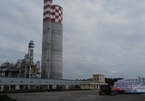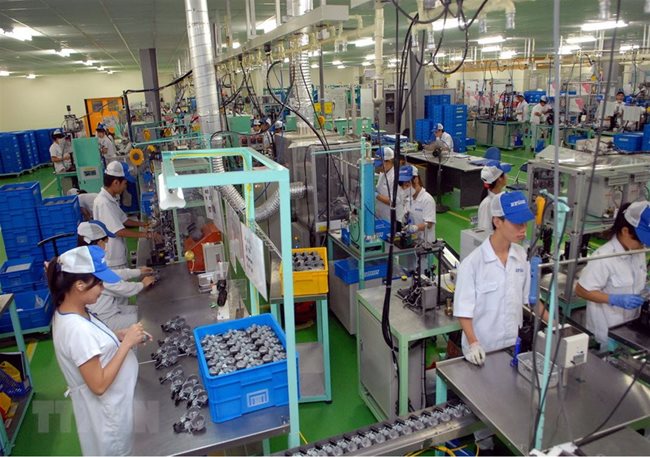|
According to a survey of Vietnam Report, up to 60% of enterprises saw their revenue in the first half of 2020 slumping compared with last year, in which nearly 15% suffered a steep decline. Some 54% of enterprises said their pretax profit fell over the same period of 2019, with 31% reporting a sharp decrease or even huge losses. The General Statistics Office has released data for the January-August period, with the number of firms that had suspended business reaching nearly 34,300, up 70.8% year-on-year. Around 24,200 firms had been making dissolution procedures and 10,400 others had finished the paperwork. Among the dissolved businesses, there were 9,200 firms having capital under VND10 billion each and 168 enterprises with capital scale over VND100 billion each. Most enterprises that had finished dissolution procedures were active in the fields of wholesale-retail, auto and bike repairing, processing and manufacturing, construction, property trading, accommodation and restaurant. Some enterprises have adjusted business plans for 2020 to reflect current difficulties. Some 77.1% of enterprises in the survey have completed 50% of this year’s revenue goals, in which 36.1% finished over 80%. Meanwhile, 68.9% of firms have completed over 50% of this year’s profit plans, of this 31.1% have reached over 80%. However, the figures were just few bright spots on the overall gloomy picture of the local economy. Nguyen Van Quyen, chairman of the Vietnam Automobile Transportation Association (VATA), said that most transport enterprises are mired in a hardship as the number of passengers and goods has tumbled by up to 90% During the peak of the pandemic, most of transport enterprises had to cease operation or operate perfunctorily with meager revenue earned. Further, they had to pay wages and other disease fighting fees to maintain operations, leading to insolvency or bankruptcy. Although some businesses have accessed supportive policies of the Government and local authorities such as soft loans and tax reduction, it remains unknown whether they could survive the pandemic and maintain long-term business, Quyen said. According to economic expert Ta Quang Binh, there are many reasons forcing firms to dissolve or halt operations. They may have poor capability, suffer objective conditions such as natural disaster and unexpected problems, or fail to adapt to current economic policies. In this situation, it is necessary to have comprehensive solutions instead of using the Government’s resources to rescue all businesses. Although saving ailing firms may help curb the rate of unemployment, heavy costs and bad impacts from maintaining poor businesses may result in worse consequences to the economy, Binh explained. Regarding solutions for the large number of bankrupted firms, many experts said that current supportive policies still have many shortcomings, such as slow deployment and disbursement of financial aids. SGT |
||

Unprofitable SOEs avoid bankruptcy
The number of bankrupt state-owned enterprises (SOE) in reality is low, and is not commensurate with the number of private enterprises in bankruptcy.

Big auto manufacturer goes bankrupt, can't sell assets
Banks are trying to sell Vinaxuki’s assets to collect debts, but the assets remain unsold.
